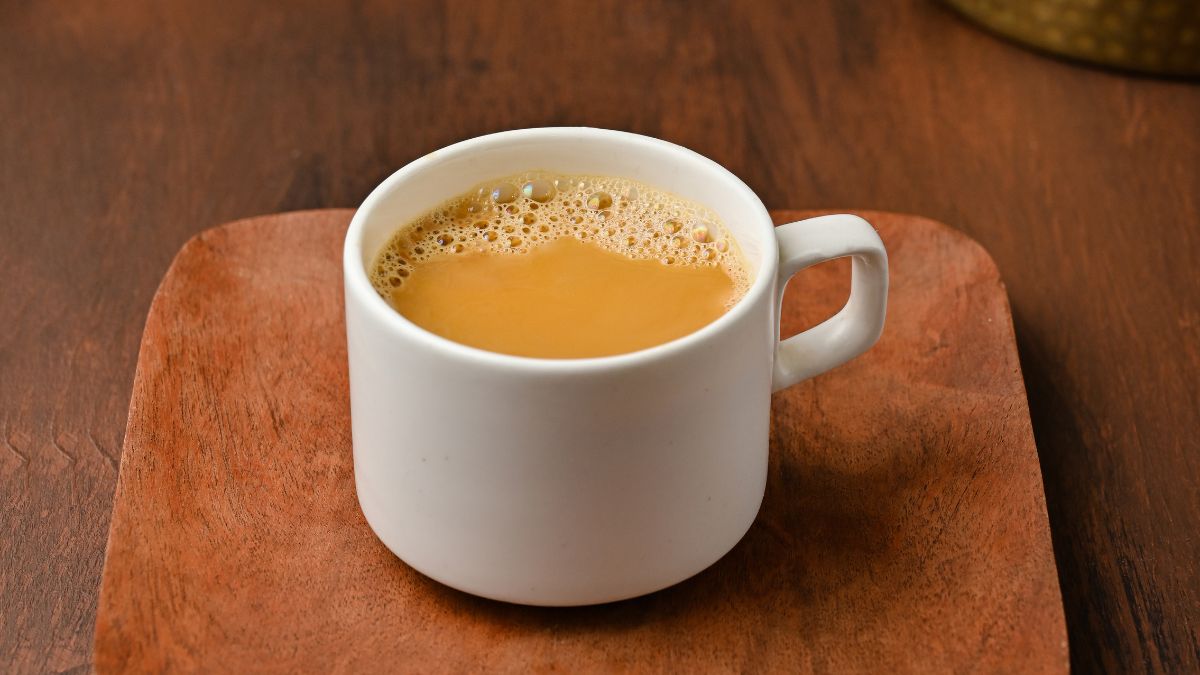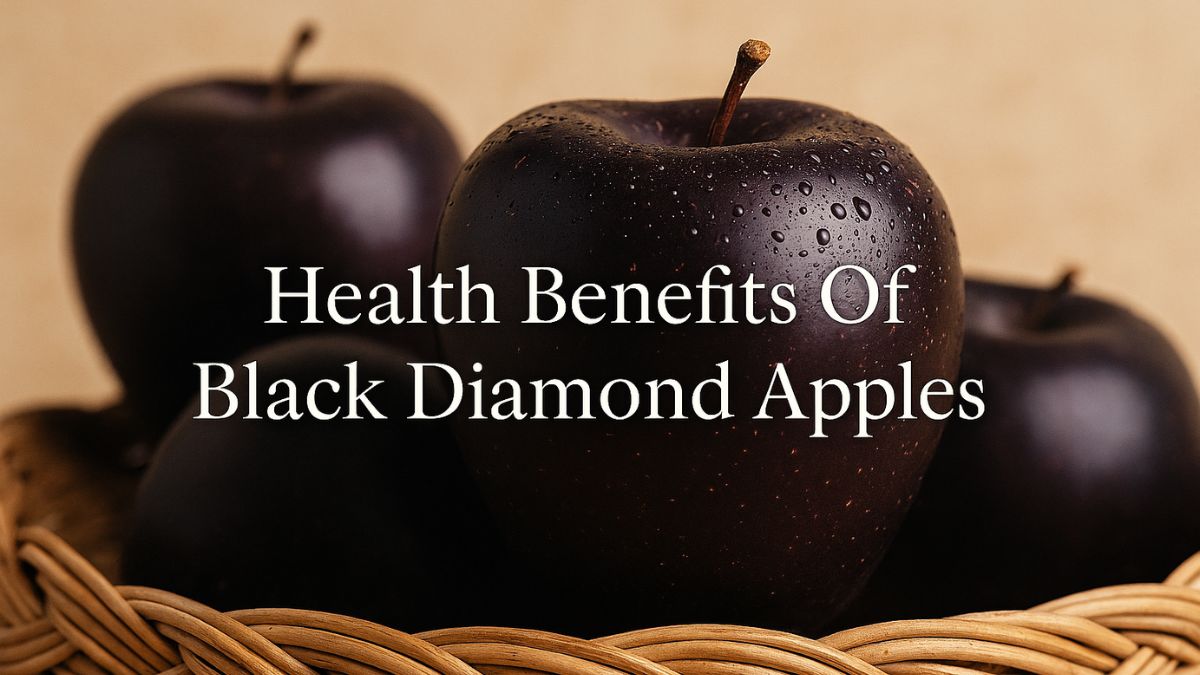Sugar, an integral part of Indian culinary traditions, weaves a delightful tale of cultural significance that resonates throughout the diverse tapestry of Indian customs. From the iconic festivities of weddings to the vibrant celebrations of festivals, sugar takes center stage, symbolizing joy, abundance, and a collective sense of delight. Once revered as a luxury commodity reserved for the elite, sugar's scarcity and association with affluence enhanced its cultural importance, becoming a symbol of prosperity and success within Indian society. Indian cuisine encompasses a diverse range of sugar varieties, including granulated sugar, jaggery, and palm sugar, each lending its distinctive flavour to culinary creations.
Sugar assumes a foundational role, not only in adding sweetness to delectable sweets and desserts but also in striking a harmonious balance with the spices and flavours that define savoury Indian dishes. Whether it's the enticing aroma of a steaming cup of Masala Chai or the intricate craftsmanship of traditional mithais (sweets), sugar elevates the taste and sensory experience of countless culinary delights. Embedded within the fabric of Indian customs, sugar's cultural significance has evolved, interwoven with traditions and festivities. It has become an indispensable ingredient in the creation of traditional sweets that grace the tables during religious and cultural holidays. Togetherness can be forged over sweets.
Also Read: Are Sugar Alternatives Actually Good For Health? Expert Weighs In

Photo Credit: iStock
In India, holidays are occasions for family reunions, and sweets are a key component in bringing people together. It's a time to share recipes, discover new ways to make sweets, and trade sweets with one another. Additionally, since India is a country with many different languages, faiths, and customs and each region has its own distinctive sweet foods, sweets are a reflection of the diversity of Indian culture. Sweets are a reflection of India's rich and diverse culinary past, from the rasgullas of Bengal to the jalebis of North India, the gulab jamuns of Maharashtra to the Mysore pak of South India. These mouth-watering treats transcend their edible form, symbolizing the interconnected emotions of happiness, and cherished relationships that are intricately linked to these momentous occasions.
Beyond its role in culinary traditions, sugar holds deep associations with hospitality, charity, and the delight of sharing in Indian culture. It finds expression in the generous distribution of sweets at weddings, where every guest is welcomed with a symbol of sweetness and warmth. Furthermore, sugar becomes a gesture of devotion in religious ceremonies, representing the essence of dedication and generosity. As India opened its doors to foreign influences and cultural exchanges, the culinary landscape experienced a delightful fusion of flavors and techniques. The introduction of Western desserts and baked goods into Indian cuisine expanded the horizons of sugar's usage and importance.
Also Read: 5 Ways You Can Plan A Healthy Morning Ritual To Prevent Blood Sugar Spikes

Traditional mithai walas (sweet vendors) began embracing these influences, skilfully infusing their creations with elements of chocolate and other Western ingredients. This newfound blend of flavours delighted palates across the nation, igniting a desire for fusion sweets that combined the best of both worlds. Today, people eagerly anticipate indulging in these innovative confections, which have become the centerpiece of weekend indulgences and special occasions. In the wake of growing health awareness and concerns regarding excessive sugar consumption, the cultural significance of sugar has also experienced shifts. Emphasizing the importance of moderation and balance, there is an increasing exploration of alternative sweeteners and healthier substitutes without compromising the essence of traditional Indian sweets and desserts.
This evolution ensures that the flavors and cultural heritage associated with sugar endure while adapting to the changing needs and preferences of a health-conscious society. Nevertheless, sugar remains deeply rooted in the heart of Indian culinary traditions, continuing to exude its cultural significance. It symbolizes sweetness, warmth, and the shared feeling of delight and celebration. To ensure the utmost hygiene and quality, packaged sugar has gained prominence over loose sugar. Packaged sugar not only meets stringent cleanliness standards but also provides convenience and precision in measurement, ensuring an optimal cooking and dining experience.
The cultural significance of sugar in Indian cuisine is a sweet symphony that celebrates the essence of happiness, abundance, and togetherness. As it entwines with the rich tapestry of Indian customs, sugar unveils the flavoursome heritage passed down through generations. It bridges cultural boundaries, infusing traditional delicacies with innovative flair. Whether savouring a classic mithai or indulging in fusion confections, sugar continues to inspire moments of pure delight, spreading its sweetness across the palates and hearts of all who savour it.
About The Author: Ravi Gupta is the Executive Director of Shree Renuka Sugars Ltd.
Disclaimer: The opinions expressed within this article are the personal opinions of the author. NDTV is not responsible for the accuracy, completeness, suitability, or validity of any information in this article. All information is provided on an as-is basis. The information, facts or opinions appearing in the article do not reflect the views of NDTV and NDTV does not assume any responsibility or liability for the same.













